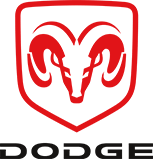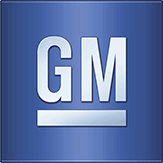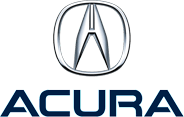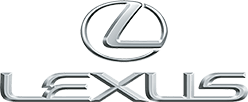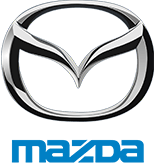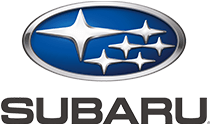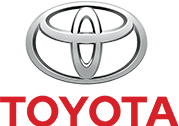Transmission fluid is meant to keep the metal parts inside the gearbox from wearing down, to keep certain parts of the transmission cool, and to let your vehicle shift easily while protecting the parts that rub together.
Transmission fluid should be checked regularly to make sure there are no leaks leading to low fluid levels and to make sure the fluid isn’t worn out, allowing damage to occur.
Which Type of Transmission Fluid Should You Use?
There are two primary types of transmission fluid, automatic and manual. Automatic transmission fluid (ATF) is used in all cars that have automatic transmissions and in certain modern manual transmission cars. Manual transmission oil is the fluid used in some manual cars; it is never used in automatic transmission vehicles. In some cases, gear oil is used within manual transmissions.
Underneath the umbrella of ATF are several varieties, Type F, Dexron III/Mercon, HFM-Style Fluids used by Chrysler, Honda/Acura, Jeep/Eagle, Hyundai, Toyota/Lexus, Saturn, Sterling.
Some of these fluid types are interchangeable, though it is important to check with your owner’s manual to be sure. Numerous manufacturers formulate fluids that meet the individual standards of those various ATF fluids. It is important to review the “spec sheet” to validate your vehicle’s fluid requirements have been tested and approved for any fluid used in your transmission.
Increasingly more vehicles require a synthetic variation of ATF. Synthetic transmission fluid tends to be more expensive. However, it carries numerous benefits compared to regular ATF. It has a superior ability to handle heat while being more resistant to oxidation and rust. Drivability and smooth shifting are also enhanced. These features can save you money in the long run due to their ability to extend transmission life.
Once you know which fluid is correct for your vehicle, you can complete your maintenance check and add fluid if you are low. Do that by inserting a long funnel into the ATF dipstick hole. Carefully add the fluid in small increments and recheck the level each time until the fluid level reaches the “warm” line. Be careful not to overfill or spill ATF on hot engine parts. Reinsert the dipstick fully.
Need Help?
If you would rather not mess with ATF and would feel better if a professional helped you find out which type of fluid your vehicle uses, bring it to us at Advanced Transmission Center. We will answer all your questions and, if you would like, perform a TrueTest Inspection while you are there so you can be assured that all is in good working order.
Make an appointment today so we can take a look at your transmission fluid levels and evaluate the condition of the fluid.
Advanced Transmission Center is a Colorado-owned and operated auto repair shop with locations in Denver / Lakewood and Westminster. ATC specializes in driveline issues such as automatic transmission repair, four wheel drive repair, clutch replacement, differentials, manual transmissions and CVT. As Colorado's first AAA approved shop our goal is to provide accurate, timely service with exceptional customer satisfaction. All of our technicians are certified in the latest makes and models and we are one of the few transmission repair shops with a nationwide warranty.
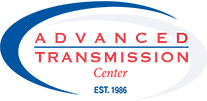
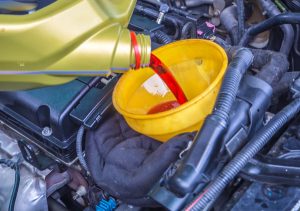
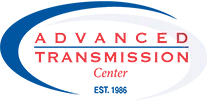

 Free Customer Towing Service
Free Customer Towing Service  Free TrueTest™ Inspection
Free TrueTest™ Inspection  Fast Transmission Services
Fast Transmission Services  Comprehensive Warranty in Denver
Comprehensive Warranty in Denver 

